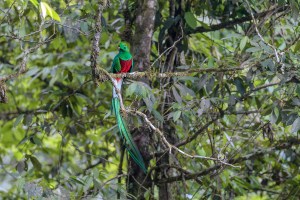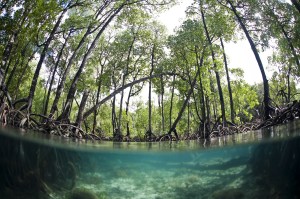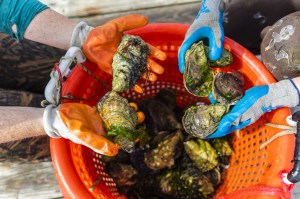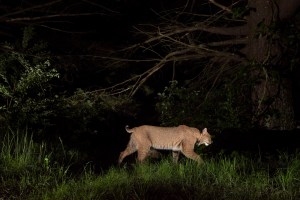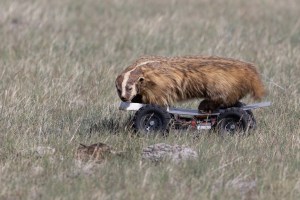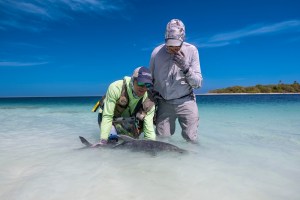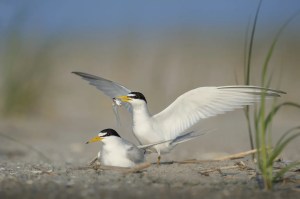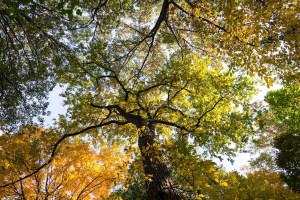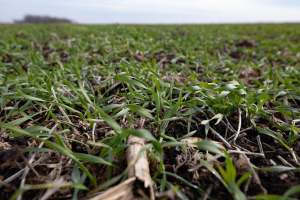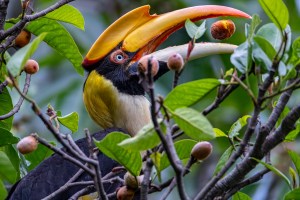Discover stories in Conservation Science
Breakfast with the Resplendent Quetzal
Haunting the cloud forest on a quest to find the magnificent, and increasingly rare, national bird of Guatemala
Camera Trap Chronicles: Up Close With Snow Leopards
Enjoy this footage of snow leopards from Mongolia, including the animals scent marking and vocalizing.
Mangroves: These Climate Defenders Are Critical to Human Health
National Geographic Society & TNC extern Vaidehi Patel shares her experience studying the intersection between mangrove populations and human health.
Aquaculture Can Benefit Blue Carbon Ecosystems
A new review, led by TNC scientists, explores the potential for bivalve aquaculture to benefit blue carbon ecosystems.
New Jersey Cats Caught on Camera
Photographer Steve Winter uses camera traps to capture stunning images of bobcats and other wildlife in New Jersey.
Remote-Controlled Badger Helps Study Prairie Dog Alarm Calls
Researchers in Montana use a taxidermied badger and remote-control car to show how long-billed curlews listen in on prairie dog alarm calls.
Palmyra Atoll: An Angler’s Experience Fishing for Science
A passion for fishing remote places leads this global fishing guide to Palmyra Atoll.
Call Boxes & Crow Effigies: Protecting Nesting Birds in Cape May
TNC is using call boxes, fake effigies, and bird decoys to protect nesting shorebirds on Cape May.
To Help Iconic Trees, Inject Them With Disease
To save American elms, conservationists are quite literally injecting disease into the trees. This Q&A explains why.
How Living Cover Could Help Heal the U.S. Corn Belt
Regenerative ag practices—like cover crops, agroforestry, and pastured livestock—could reduce nitrate loss, erosion and emissions.
Climate Mitigation Depends on Seed-Dispersing Wildlife
A new study finds that the loss of seed-dispersing species in tropical forests more than halves the potential for areas of natural regrowth to sequester carbon.
Meet the Tuatara: New Zealand’s Bizarre Ancient Reptile
Join ecologists as they search for tuatara — one of the world's most unique reptiles —in the Brook Waimārama Sanctuary.
